Learn How to Taste Wine
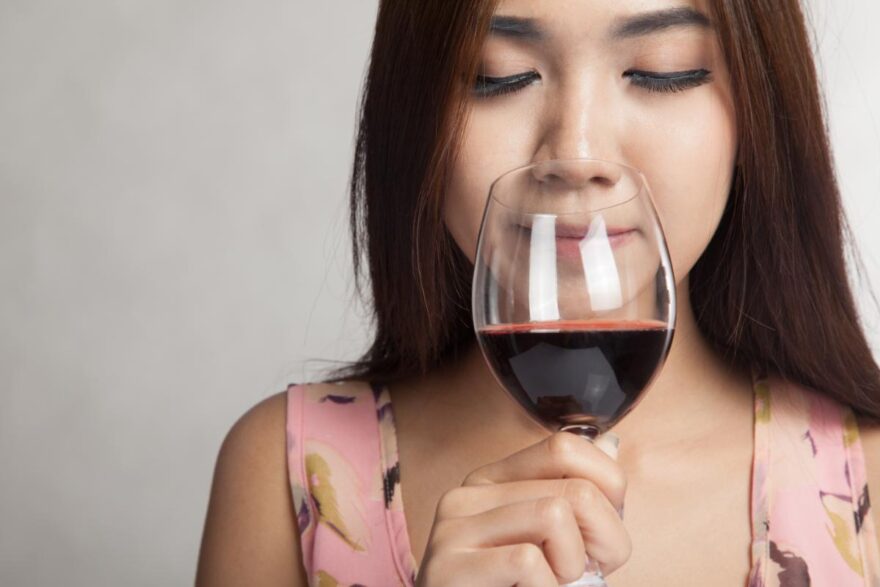

How to taste wine and train your palate
You don’t have to be a Master Sommelier to be able to distinguish the varietal and style of wine you are drinking. It just takes practice. While each varietal and region have specific characters that they give each wine, learning how to properly taste wine will give yourself a foundation to further increase your wine knowledge.
Breaking down the tasting into steps will allow you to fully evaluate and appreciate the wine. These tools stay the same whether you are new to drinking wine or are a sommelier and will help to further develop your palate.
Look
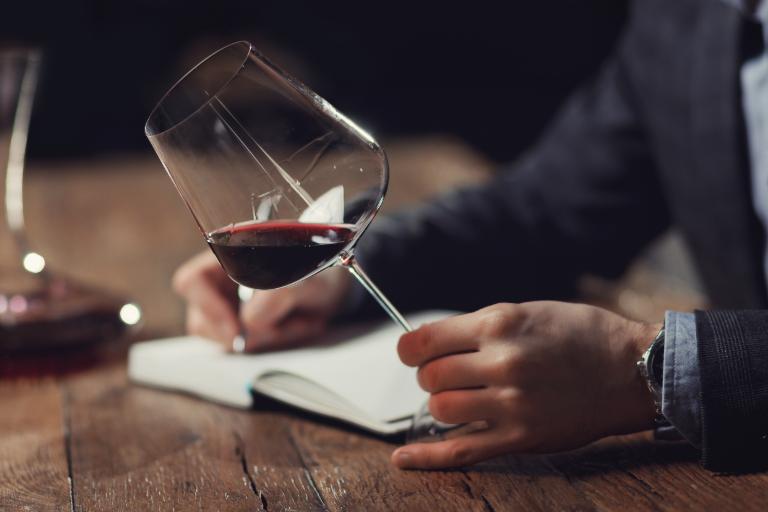
What can you tell by looking at a wine? The most basic thing would be distinguishing if it is a red, white, rose or sparkling wine. You can also get an idea of the varietal, age, and alcohol level of the wine.
Look at all the colors and hues of the wine. A very dark red wine will indicate that it is from a thicker skinned and more tannic grape like Syrah or Zinfandel, while a lighter red may indicate that it is a thinner skinned grape like Pinot Noir. A wine that is murky or cloudy may mean that the wine is unfiltered or has gone bad.
Furthermore, it is a general rule that as red wines age they become lighter and often have a brown hue. As whites age, they get darker, light honey or golden straw color.
After swirling your glass, you will notice streaks of wine going down your glass; “legs”. Higher alcohol wines have more legs, while sweeter wines have larger and slower moving legs.
Smell

The aroma of a wine can be just as important as the taste in determining the quality and varietal. While there can be thousands of smells in wine, try identifying a few. It can be overwhelming at first but try breaking it down into different categories.
Do you smell any fruits, spices, vegetables, flowers, or other plants? Nothing is wrong, if you think your Malbec smells like your Grandmother’s blackberry pie, that’s okay!
The smell of your wine can also help indicate if there is a wine fault. Do you smell wet cardboard, wet dog, mold, or does the wine completely lack any smell at all? There could be something wrong with your wine! It could indicate oxidation, light strike, reduction, or cooked wine.
Taste
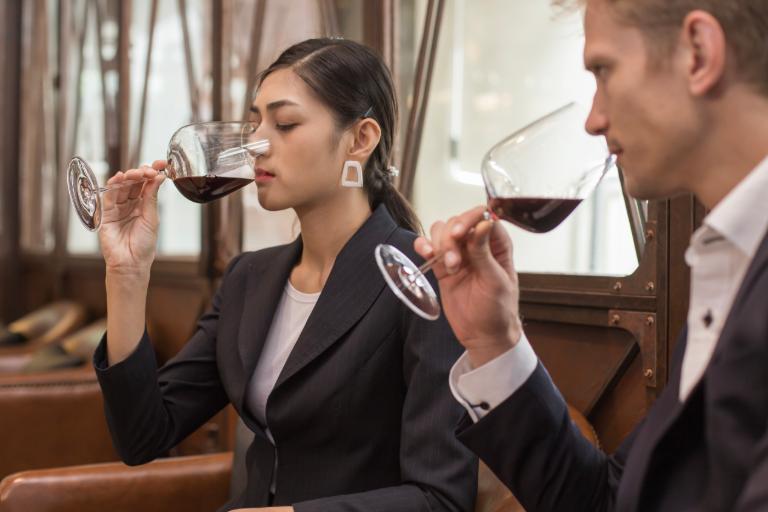
Onto the best part, drinking the wine. Tasting wine can not only determine the flavors of the wine, but the levels of tannins, acidity, mouthfeel, and overall balance of the wine.
While this goes for mostly red wine, if after you swallow, your mouth feels sticky and dry, the wine is quite tannic. Compare the stickiness and dryness levels in red wines as this will help indicate how tannic the wine is.
If the wine is a bit tart or makes your mouth water, the wine is likely high in acidity.
To find the mouthfeel of the wine, try determining if the wine is heavy or light on your tongue. Does it feel like you are drinking water or milk?
Is the wine balanced? Some examples of a wine that is not balanced: Red wine that is super acidic but lacks any tannins, a white wine that is very sweet but has a very low alcohol level, a sparkling wine that has a very high alcohol level and has copious amounts of carbonation.
What flavors are you tasting?
There can be a lot and an easy way to determine the flavors is to separate them into categories. Keep in mind these are just examples, as there are thousands of flavors you can be tasting.
Fruits- Pineapples, lemon, lime, melon, orange, strawberry, blackberry, cherry, cranberry, starfruit
Vegetables/flowers- Lavender, roasted pepper, chile pepper, violet, honeysuckle
Herbs- Clove, oregano
Spices- Black pepper, white pepper, baking spices
You may even get tastes of saline, iron, potting soil, leather, tobacco, and mushrooms.
Different Types of Wine Tasting
Tasting a series of wines can help you to compare and contrast blends, regions, varietals, vintages, and terroir. Common ways to do these tastings include Horizontal, Vertical, Blind, and Double-Blind Tastings.
Horizontal Wine Tasting
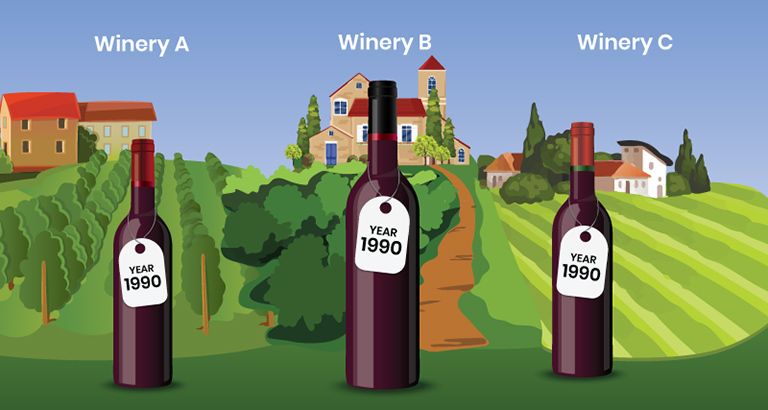
In horizontal tastings, you have a series of wines from the same vintage but different wineries. They are often from the same region and the same grape variety or appellation. This allows you to compare microclimates and winemaking styles from those in the same region.
Vertical Wine Tasting
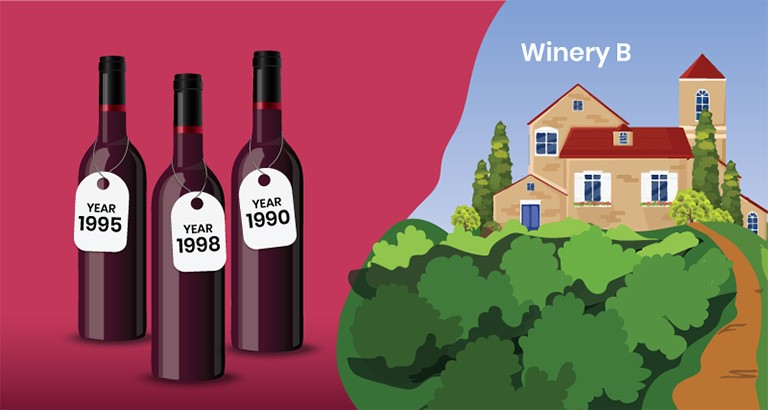
The same wine of different vintages is chosen from a selected winery. This is a great tool for winemakers to learn about how terroir, yearly weather differences, or different viticulture and enology strategies will affect the wine.
Blind Wine Tasting
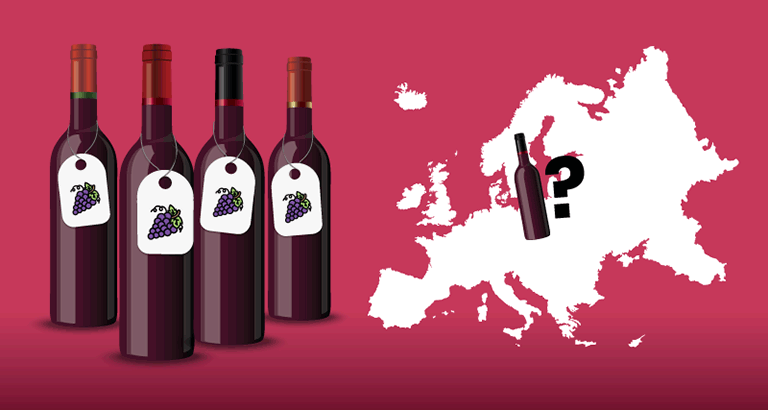
Wines are chosen usually from the same varietal, which is revealed beforehand, but the region is not known to you. This is great practice for those who are in the wine industry or hobbyists who are wanting to learn their wines better.
Double-Blind Wine Tasting
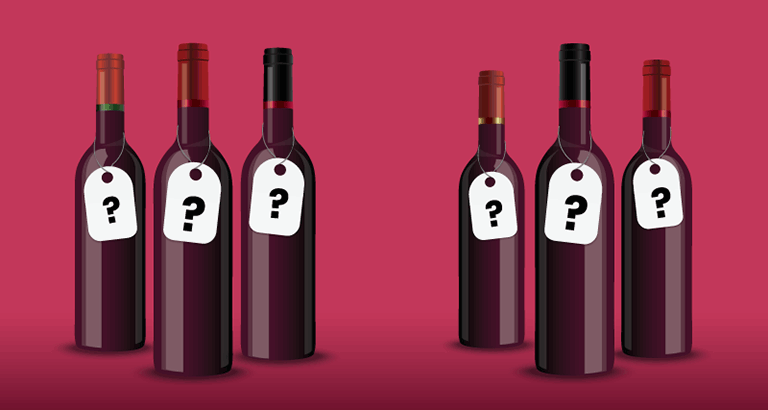
This is typically different varietals and different vintages that are not known to you beforehand. This is a great test and tool for professionals to use in order to gain knowledge about wines.
In both blind tastings, the bottles are normally covered up and just revealed at the end of the tasting.
Long story short, drink more wine! The more varietals you try from different regions of the world, the more you can familiarize yourself with different aspects of wine and learn how to spot the differences between varietal and region.
Following the same tasting pattern allows you to think about the wine and build an appreciation for it. The most important thing is that you enjoy what you are drinking.
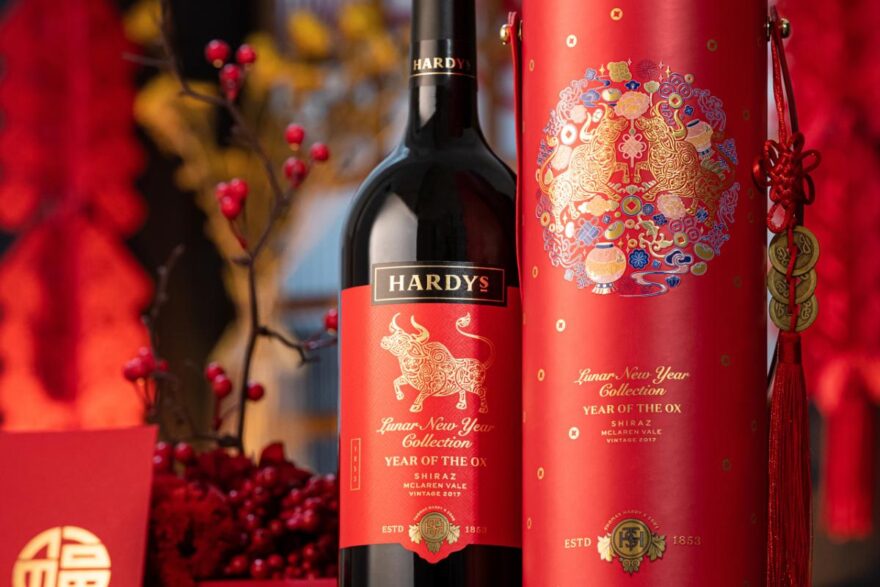

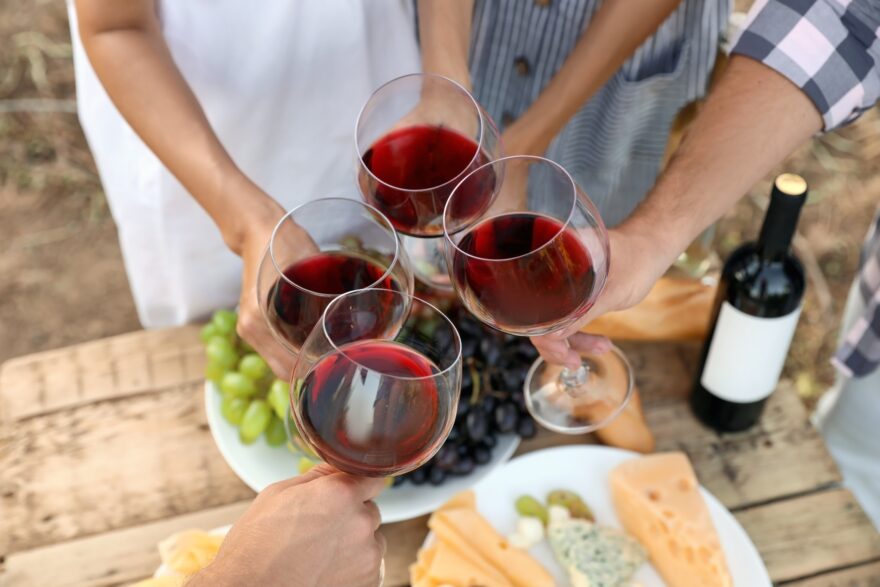


I aspire to be on that level where I can give intelligent comments while swirling and taking a sip of my wine. Definitely need more practice!